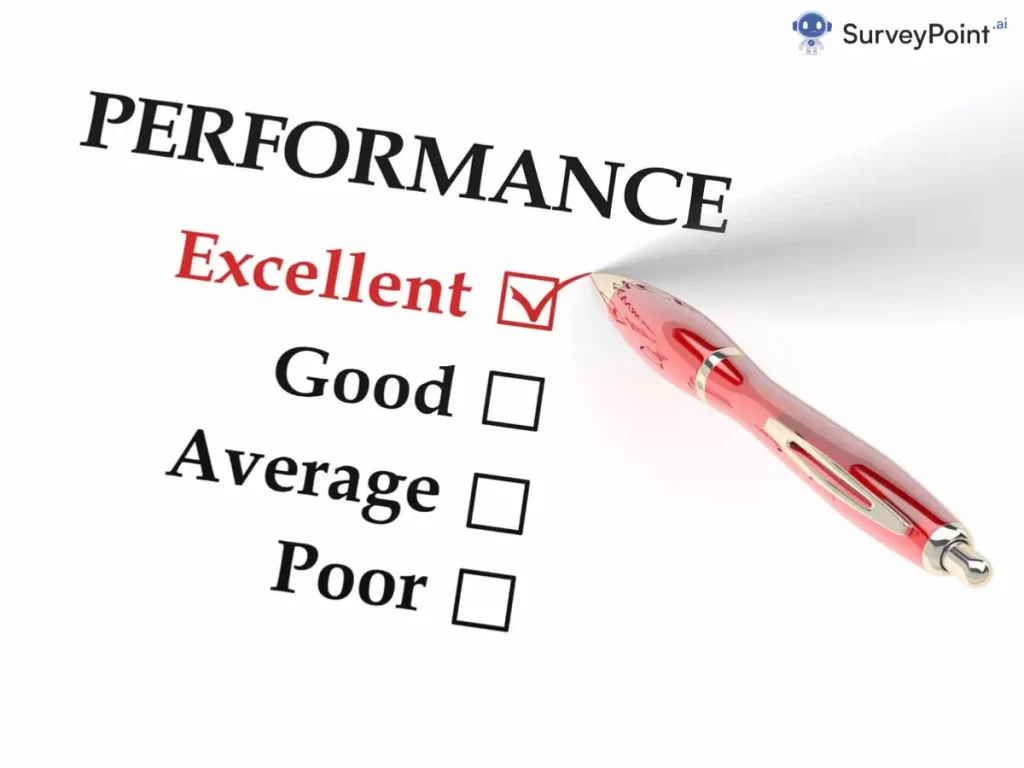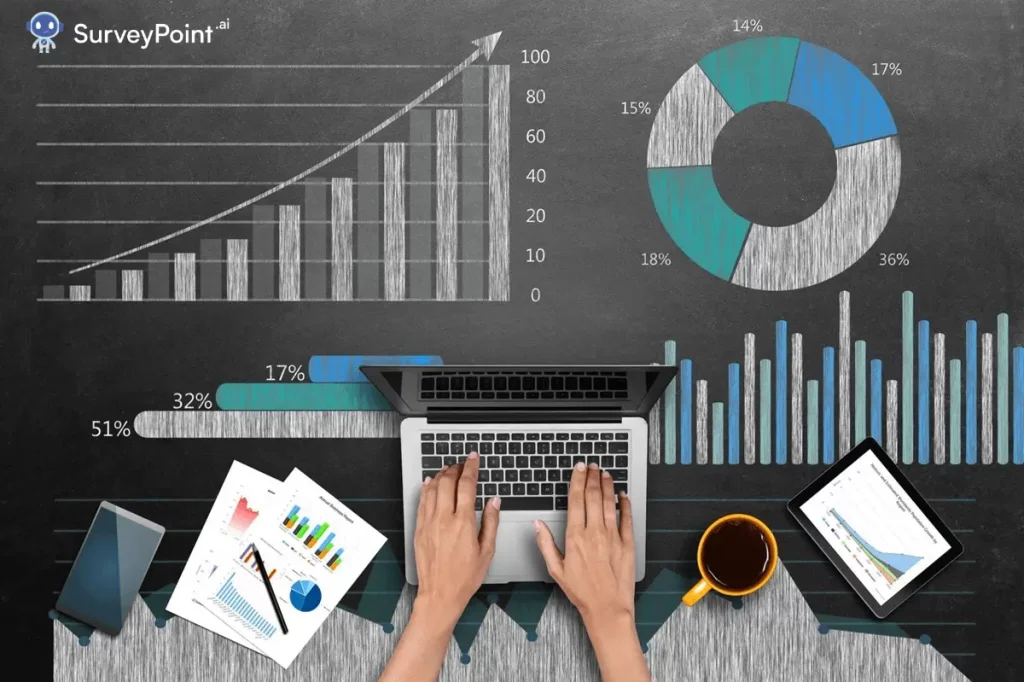
Unlock the secrets to success with these Data Analyst Performance Goals Examples. Learn how to achieve amazing results in 2024, boosting your career and making a significant impact.
As a data analyst, setting performance goals is crucial to your success in the field. Performance goals are specific objectives that you set for yourself to improve your skills, achieve professional growth, and contribute to the success of your organization. In this comprehensive guide, we provide examples of data analyst performance goals examples and proven tips for achieving them. Whether you’re new to the field or a seasoned pro, these performance goals will help you improve your skills, increase your productivity, and achieve your career goals.
Why Are Data Analyst Performance Goals Examples Important?

Performance goals help you stay focused, motivated, and accountable. They provide a clear direction for your work and help you measure your progress. By setting SMART goals, you’ll be able to track your progress, stay on track, and achieve your desired outcomes.
Data Analyst Performance Goals Examples
Here are some examples of data analyst performance goals Examples that you can set for yourself:
Revenue Goals: Data Analyst Performance Goals Examples
One of the primary goals of any business is to generate revenue. As a data analyst, you can help your organization achieve this goal by setting revenue goals for yourself. For example, you could set a goal to increase revenue by 10% in the next quarter by identifying new sales opportunities or optimizing pricing strategies.
Productivity Goals
Productivity is crucial for any organization to achieve its goals. As a data analyst, you can set productivity goals for yourself to help your team work more efficiently. For example, you could set a goal to reduce the time it takes to complete a report by 20% by streamlining your data collection and analysis processes.
Professional Development Goals

As a data analyst, it’s important to keep your skills up-to-date and continuously improve your data analysis skills. You can set professional development goals for yourself to achieve this. For example, you could set a goal to complete a data science certification course within the next six months or attend a data analytics conference to learn about the latest trends and techniques.
Team Goals
Collaboration and teamwork are essential for any organization to achieve its goals. As a data analyst, you can set team goals for yourself to help your team work more effectively. For example, you could set a goal to improve communication between your team and other departments by organizing regular meetings or creating a shared project management tool.
Tips for Achieving Your Data Analyst Performance Goals Examples

Here are some tips for achieving your data analyst performance goals Examples:
Set SMART Goals
SMART goals are specific, measurable, achievable, relevant, and time-bound. By setting SMART goals, you’ll be able to track your progress, stay on track, and achieve your desired outcomes.
Use Data Visualization Tools
Data visualization tools can help you communicate your findings more effectively and make it easier for others to understand your work. Consider using tools like Tableau, Power BI, or Google Data Studio to create interactive dashboards and reports.
Stay Up-to-Date with Industry Trends
The field of data analytics is constantly evolving, and it’s important to stay up-to-date with the latest trends and techniques. Consider attending conferences, reading industry publications, or taking online courses to keep your skills sharp.
Collaborate with Others
Collaboration is key to success in any field, and data analytics is no exception. Work with other data analysts, business analysts, and stakeholders to share knowledge and insights and achieve your goals.
Celebrate Your Successes
Achieving your goals is a major accomplishment, and it’s important to celebrate your successes along the way. Take time to reflect on your achievements and reward yourself for a job well done.
Here Are Some Tips for Setting Performance Goals

Specificity is Key: Clearly define your performance goals with specific, measurable, achievable, relevant, and time-bound (SMART) criteria to provide clear direction.
Align with Organizational Objectives: Ensure your goals are in sync with the overall objectives of your team or organization to contribute to the broader success.
Prioritize and Focus: Limit the number of performance goals to maintain focus and enhance the likelihood of successful achievement.
Regularly Review and Adjust: Regularly assess your progress and be willing to adjust goals as needed, adapting to changes in circumstances or priorities.
Break Down Complex Goals: Divide larger goals into smaller, manageable tasks to make the overall objective more achievable and less overwhelming.
Seek Feedback: Solicit feedback from colleagues, supervisors, or mentors to gain valuable insights and adjust your goals for continuous improvement.
Set Challenging Yet Attainable Goals: Strike a balance between setting ambitious goals that stretch your abilities and ensuring they are realistically achievable with effort and dedication.
Establish a Timeline: Define clear timelines and deadlines for achieving each goal to create a sense of urgency and maintain momentum.
Celebrate Milestones: Acknowledge and celebrate small victories along the way to maintain motivation and reinforce the progress you’ve made.
Stay Adaptable: Be flexible in your approach, recognizing that circumstances may change, and being open to adjusting your goals accordingly.
- Set SMART goals that are specific, measurable, achievable, relevant, and time-bound.
- Use data visualization tools to communicate your findings more effectively.
- Stay up-to-date with industry trends by attending conferences, reading industry publications, or taking online courses.
- Collaborate with others to share knowledge and insights and achieve your goals.
- Celebrate your successes along the way.
You Must Like Python vs R for Data Analysis: Which One Should Learn in 2024? Sampling Errors: 5 Simple Ways to Minimize Them and Maximize Your Research Quality Survey Sampling: 7 Secrets to Achieving High-Quality and Representative Data
Top 19 Tools for Data Analysis That Can Help You Achieve Your Performance Goals

SQL: Structured Query Language (SQL) is the most commonly used language for managing and manipulating data.
Data Visualization Tools: Data visualization tools help you to present data in a way that is easy to understand and analyze. Some popular data visualization tools include Tableau, Power BI, and Google Data Studio.
Statistical Analysis Tools: Statistical analysis tools help you to analyze data and identify patterns and trends. Some popular statistical analysis tools include R, SAS, and SPSS.
Data Mining Tools: Data mining tools help you to extract useful information from large datasets. Some popular data mining tools include RapidMiner, KNIME, and Weka.
Data Cleaning Tools: Data cleaning tools help you to clean and preprocess data before analysis. Some popular data cleaning tools include OpenRefine and Trifacta.
Data Integration Tools: Data integration tools help you to combine data from multiple sources. Some popular data integration tools include Talend and Apache Nifi.
Data Warehousing Tools: Data warehousing tools help you to store and manage large datasets. Some popular data warehousing tools include Amazon Redshift and Google BigQuery.
Cloud Computing Platforms: Cloud computing platforms provide scalable and cost-effective solutions for data storage and analysis. Some popular cloud computing platforms include Amazon Web Services (AWS), Microsoft Azure, and Google Cloud Platform.
Collaboration Tools: Collaboration tools help you to work with other data analysts and stakeholders. Some popular collaboration tools include Slack, Trello, and Asana.
Project Management Tools: Project management tools help you to manage your data analysis projects. Some popular project management tools include Jira and Basecamp.
Microsoft Excel: A versatile spreadsheet tool for organizing, analyzing, and visualizing performance data.
Google Sheets: Cloud-based spreadsheet software that allows collaboration and real-time data analysis.
Tableau: A powerful data visualization tool that transforms raw data into interactive and shareable dashboards.
Power BI: Microsoft’s business analytics service for visualizing and sharing insights across an organization.
Google Analytics: Ideal for web-based performance analysis, providing insights into website traffic and user behavior.
Jira: A project management tool with robust reporting features, useful for tracking and analyzing team performance.
Python with Pandas: A programming language and library for data manipulation and analysis, commonly used in data science.
R Studio: An integrated development environment for R, a statistical programming language, useful for in-depth statistical analysis.
SAS (Statistical Analysis System): A software suite for advanced analytics, business intelligence, and data management, widely used in various industries for in-depth data analysis.
FAQs
Q: How often should I reassess my performance goals?
Regularly reassess your goals, ideally on a quarterly basis. This ensures alignment with evolving job responsibilities and industry trends.
Q: Can I achieve these goals without advanced technical skills?
While technical skills are essential, developing soft skills like communication and collaboration is equally crucial for success.
Q: Is there a specific certification that enhances a data analyst’s profile?
Certifications like Certified Analytics Professional (CAP) and Microsoft Certified: Data Analyst Associate are highly regarded in the industry.
Q: What role does networking play in achieving performance goals?
Networking is vital. Connecting with peers, attending industry events, and joining online forums can provide valuable insights and opportunities.
Q: How can I stay motivated during challenging times in my analytics career?
Set small, achievable milestones, celebrate successes, and seek mentorship to stay motivated and overcome challenges.
Q: Are there any industry-specific goals I should consider?
Tailor your goals to your industry. For instance, healthcare analysts might focus on data privacy, while finance analysts may prioritize risk management.
Conclusion
Setting performance goals is crucial to your success as a data analyst. By setting SMART goals, using data visualization tools, staying up-to-date with industry trends, collaborating with others, and celebrating your successes, you’ll be able to achieve amazing results in 2024. I hope you found this blog post informative and valuable. If you have any questions or comments, please feel free to leave them below.

